Health+WellbeingIn The ClassroomPolicy & ReformTop Stories
The secret to Singapore’s meteoric rise in education rankings
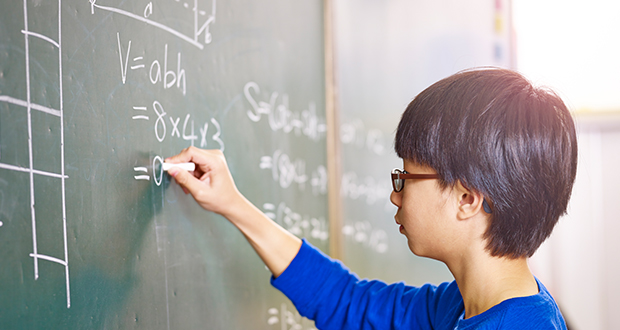
In the 2015 Programme for International Students (PISA) tests, Singapore topped the world rankings in all three areas: reading, science and mathematics. Singapore’s steep trajectory to the top since 2009 has coincided with many Western countries, including Australia, the US and the UK, either stagnating or dropping in their overall scores.
Please login below to view content or subscribe now.

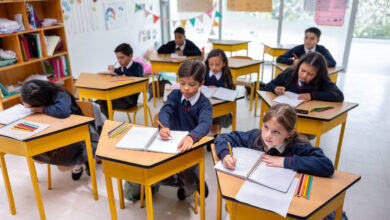
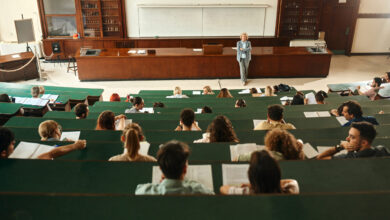
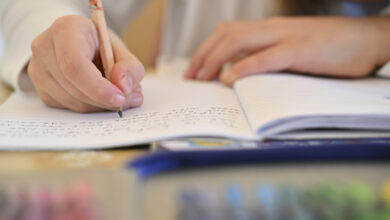
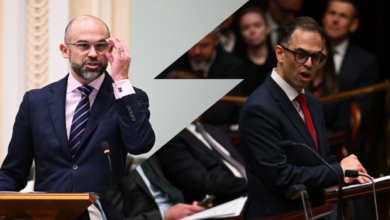
Once again Singapore’s education system was being lauded in Australia this week, this time by SBS’s latest Dateline program. And yet again Singapore’s top PISA rankings were sparking interest in the supposed excellence of its schooling methods. “How does Singapore do it?” is the usual question asked by those seeking to understand the city-state’s education feats, as reflected in the PISA and also the TIMMS rankings for student achievement.
Unfortunately, Singapore’s education system is not what it seems. One has to scrape away the hype used to promote it by the city-state’s Ministry of Education (MOE) officials and which is often parroted by ill-informed Western educationists. Although some visiting educationists display occasional scepticism at what they are told they lack the time or means to fully understand how deeply flawed and even toxic Singapore’s education system really is. Many though gullibly accept what such officials say.
While Janice Petersen and Dateline sought to highlight the pressure cooker nature of the country’s education system they also still seemed very impressed by it.
However, the price being paid by Singapore’s students, teachers and parents and the country itself is far higher than generally understood. In an interview I did with Loren Smith for ER in June 2017 (“Aussie author slams Singapore’s education system”) I briefly outlined some of the country’s education deficiencies I had described in my book “Singapore’s education system, myth and reality”.
Singapore’s reputation for educational excellence rests on its top scores in the PISA and TIMMS tests. But the tests conducted by both organisations are deeply flawed and misleading.
Google “Rodney King, Quora Singapore“ and a list of articles I’ve had published on Quora about Singapore’s education system will appear. They critique the PISA and TIMMS tests and other aspects of Singapore-style schooling. These include how it destroys creativity, desire to learn and intellectual curiosity in students; how toxically elitist and pro-Chinese racist it is (largely because of the racist/elitist attitudes of Singapore’s founder-leader Lee Kuan Yew); and how it violates the principles of meritocracy and equality of opportunity that Singapore’s rulers so constantly proclaim.
Another major deficiency is the quality of Singapore’s graduates. While they may be brilliant exam athletes Singaporean employers are often very critical of them because of their lack of initiative, poor people skills and propensity to job-hop.
The Dateline program also paid special attention to the exulted claims made about Singapore’s teachers who are seen as the central element accounting for the city-state’s supposed educational excellence. Certainly, they are well-trained and taken from the top 30 per cent of graduating high school cohorts. But they work crushingly long hours; are compelled to compete against each other under the supposed EPMS performance-enhancing scheme, and are subjected to authoritarian control by the MOE and their departmental heads. Because of this they cannot give of their best to students, being too exhausted and often demoralised by the education system they serve, as I described in an ER article on the stress-filled lives that Singapore’s teachers must endure (“Opinion: the pressure-cooker lives of Singapore’s teachers”).